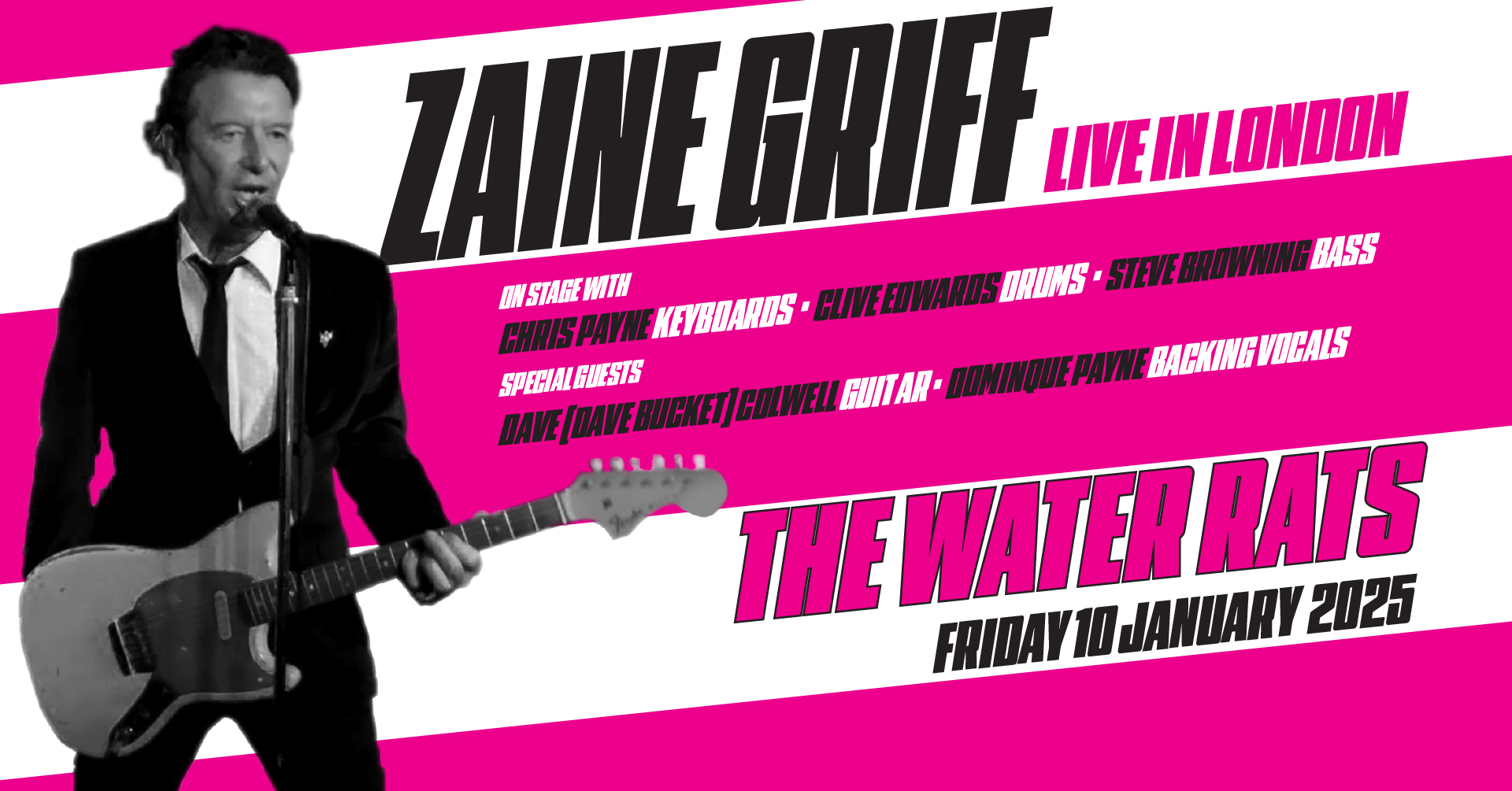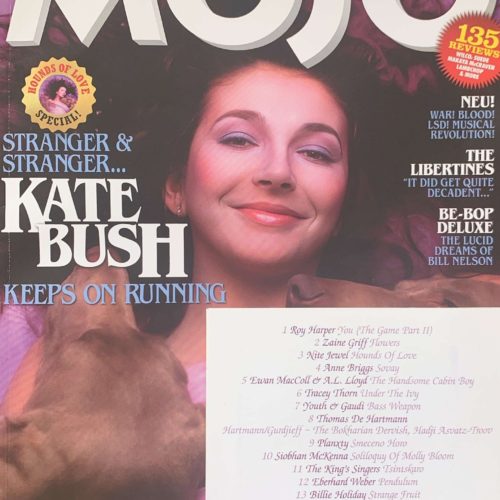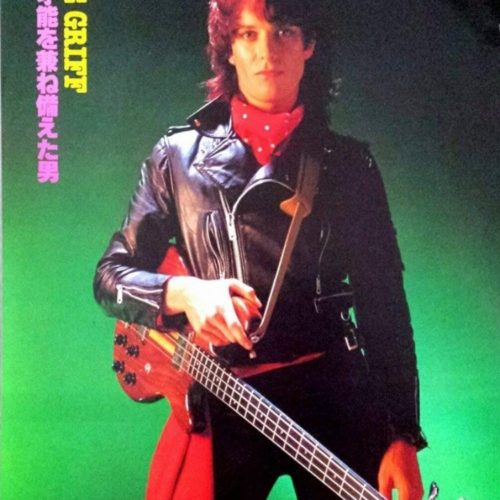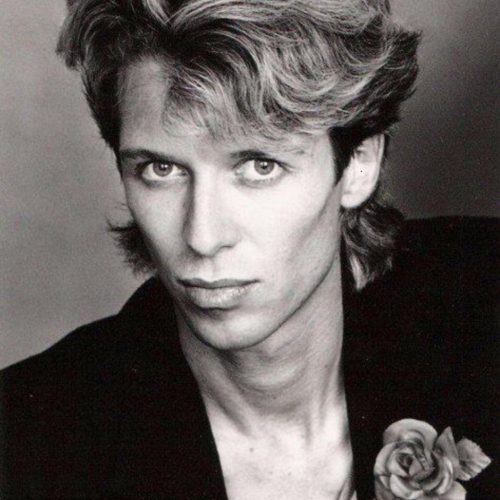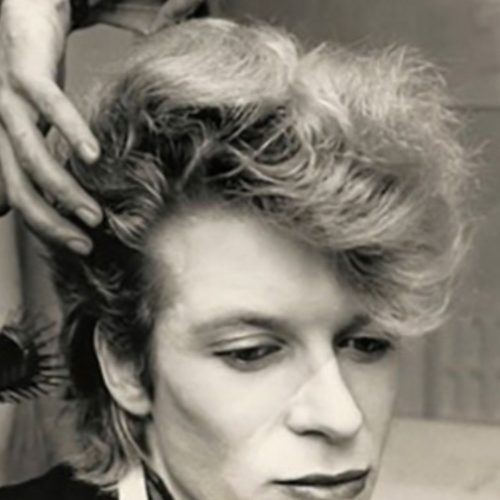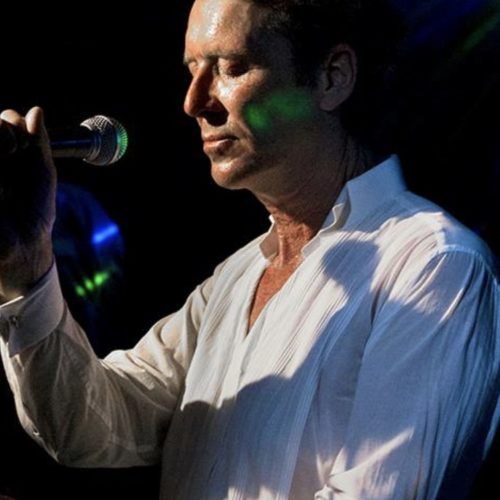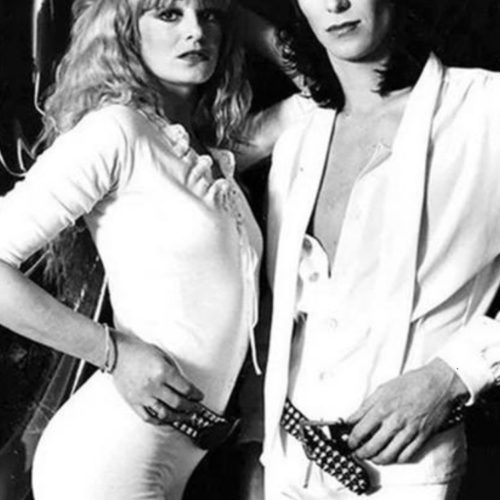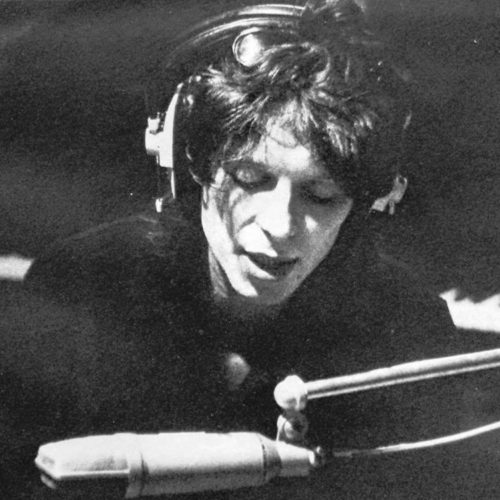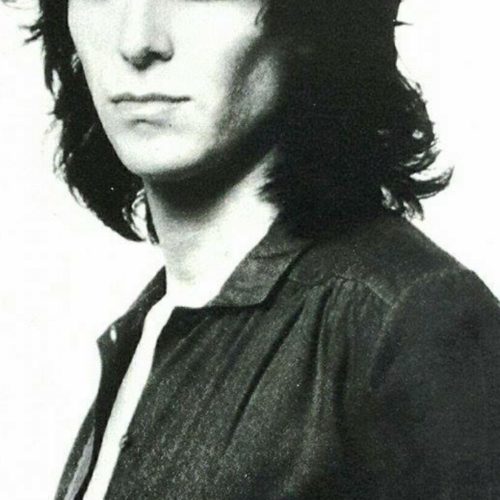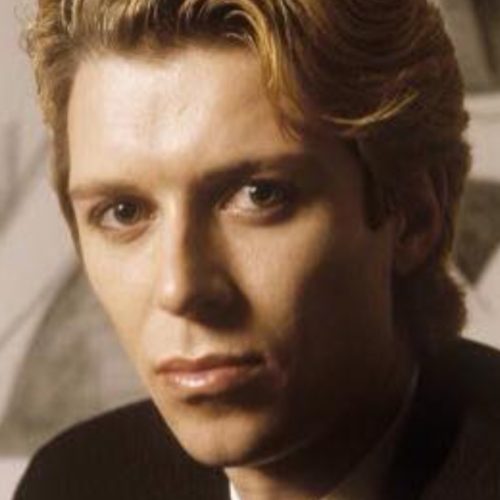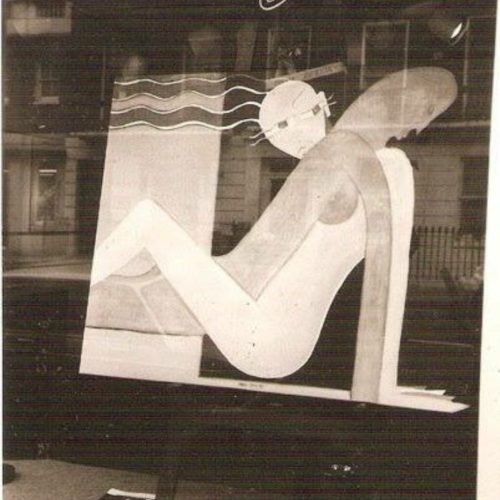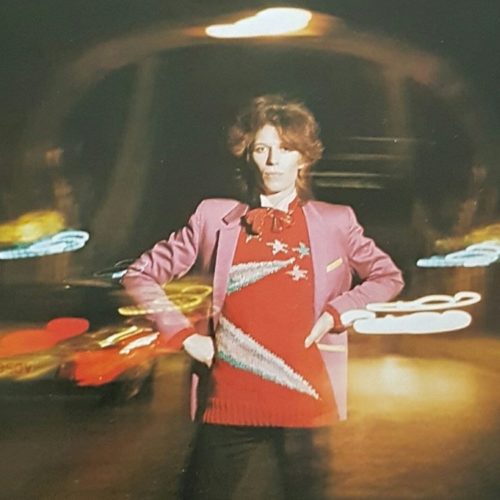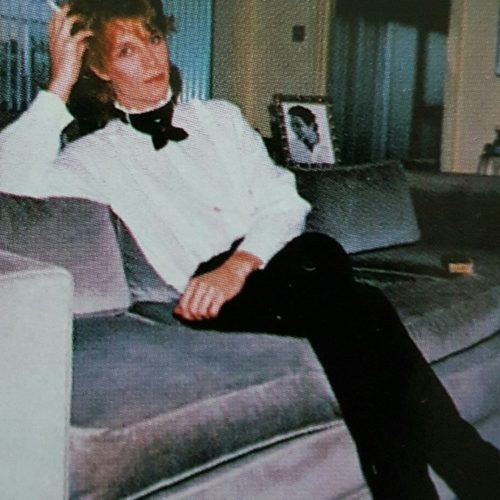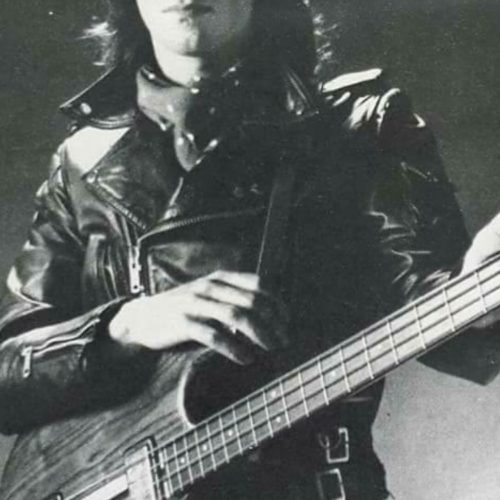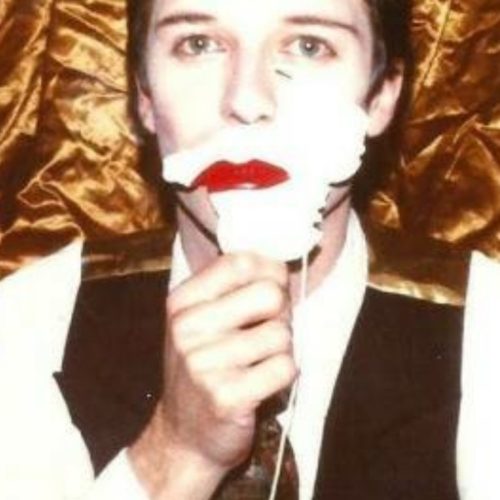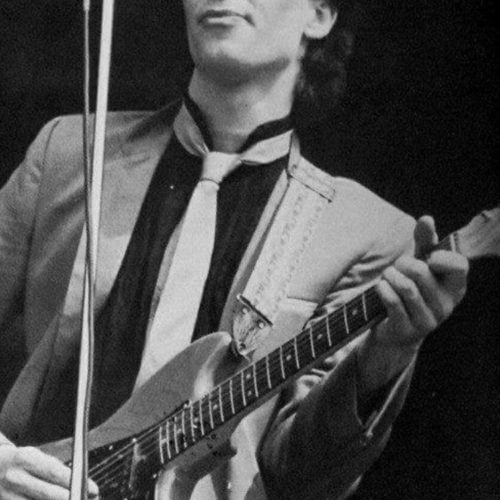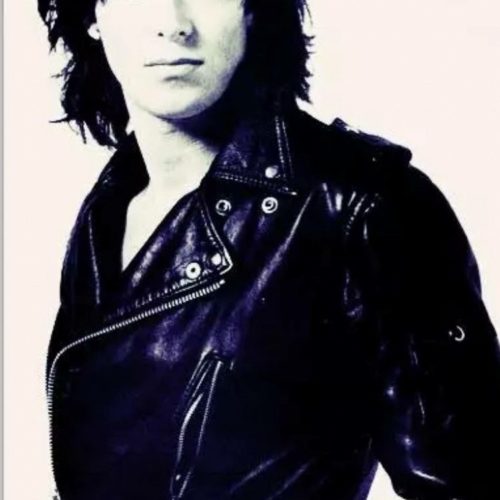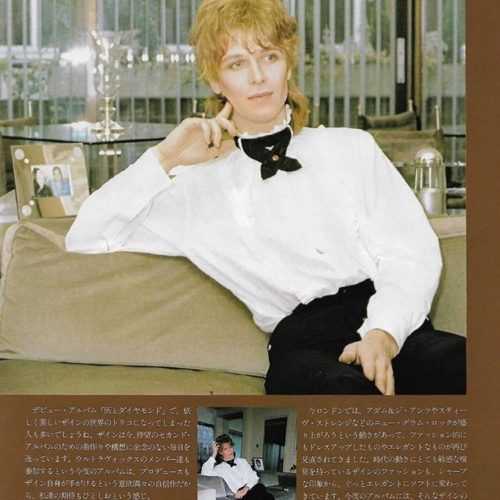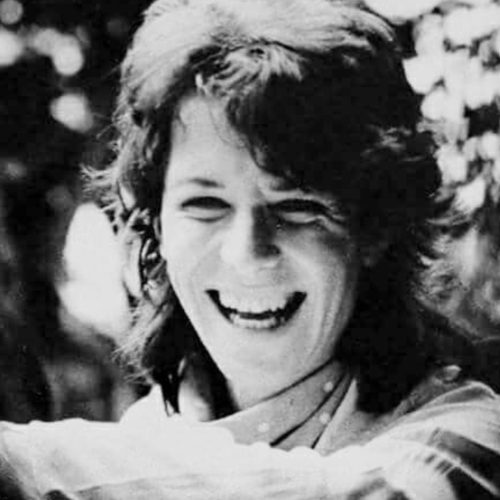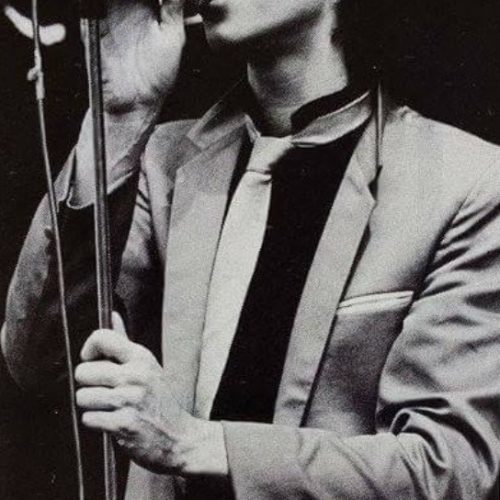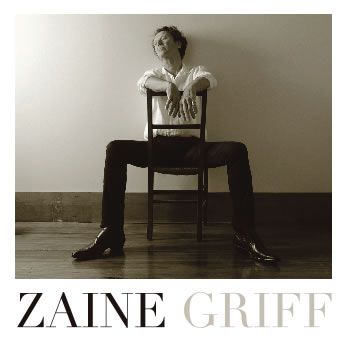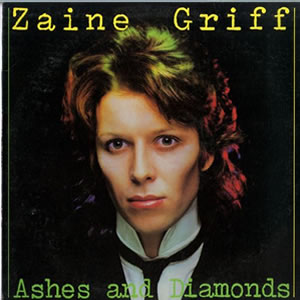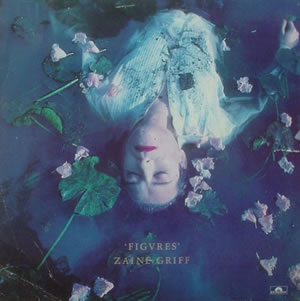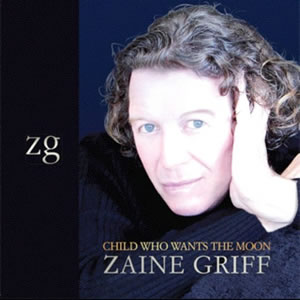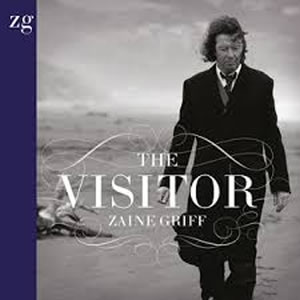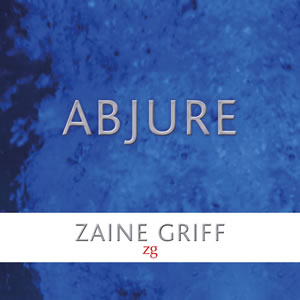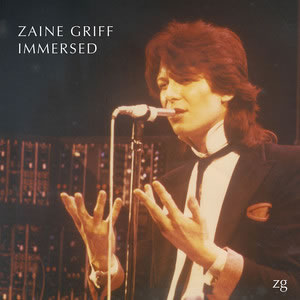Get your tickets at https://www.wegottickets.com
The HELDEN Project interview is now published on ELECTRICITYCLUB.CO.UK at https://www.electricityclub.co.uk/zaine-griff-the-helden-project-interview/
In order to tell the story of how Helden came about, I need to go back, well before Helden. It was at Utopia Studios in March 1979, where I first met and worked with Hans Zimmer. I had just signed a recording deal with Warner label Automatic Records, and at a pre-production meeting for what would be my “Ashes and Diamonds” album, MD Nick Mobbs introduced me to an up-and-coming record producer, Colin Thurston.
Colin and I discussed session musicians and Hans was mentioned to play keyboards and Synths. I was instantly drawn to Hans’ way of thinking and intrigued by his ability to create heavy pumping synths and to counterpoint the top-end with string orchestrations, and piano vamps. Although the sessions with Colin never saw the light of day, (he went on to produce Duran Duran’s albums), there began an amazing collaboration and friendship with Hans, that has lasted to this day.
Nick Mobbs then suggested Tony Visconti to produce the album and I went and stayed a few nights with Tony and his wife, Mary Hopkins, at their country estate. Tony got me to play him acoustically all the tracks I felt were candidates, as he needed to hear the bare bones of the songs even though most of the tracks were roadworthy.
As for the players on the album, I chose Hans on synths, Steve Bolton on guitar, Andy Clark on keyboards, Andy Duncan on drums and I was to play bass. Andy Duncan was a busy session player and when I needed a drummer for the Reading Festival, my regular drummer, Clive Edwards, was recording and touring with his band Wild Horses, meaning I was without adrummer. One night whilst listening to the John Peel radio show, I was mesmerised by Warren Cann’s drums on a new album, Systems of Romance, by a band called Ultravox. I called Chrysalis Records and they gave me Ultravox’s manager’s number. Explaining who I was, I asked for and was given Warren’s telephone number – easy back in those days. He invited me over the next day. I arrived at 2 pm as arranged, only to find him still asleep. I asked Warren if he would be interested in playing drums for me at the Reading Festival and Hans and Warren first met at Lillie Yard Studios, rehearsing with me for the Reading Festival.
In 1982, Hans and I co-produced my Figvres album together. Warren came with us to Rockfield Studios in Wales where I recorded my vocals.Then we flew to Munich in Germany to mix the album. We stayed at Hans mothers apartment not far from the studio. When we all retired to bed Warren said he would have a bath. In morning there he was blue, sound asleep in the bath.
When we got to the studio the next day, we realized we had left the reel to reels in the taxi from the airport to Hans’ mother’s apartment and Hans had to track down the driver to retrieve them – half a day of studio time wasted. I recall Hans’ mother took us to King Ludwig’s grave as I was asking her so questions many about him.
After the Figvres album was released, Hans and Warren started recording what would become The Helden Project. I was intrigued by the concept of a mystery, spies and counter-spies musical adventure – a modern-day opera.
At the time the backing tracks were being recorded for Helden, I was busy promoting Figvres. When Hans called me to sing on the project, a lot of the groundwork had already been done. We recorded at Snake Ranch, the same studio we used for Figvres. Engineered by Steve Rance who had also engineered Figvres, Brian Robertson on guitar (Ashes And Diamonds), Linda Jardim (Figvres), Ronny recorded her speaking voice to create mood and atmosphere and Eddie Maelov (Eddie and Sunshine) sang on Young and Scientific. It was a family of friends all collaborating on a new venture. I sat behind Hans to be his conscience and to hum counterpoint lines, then lay down guide vocals, both lead and backing. Warren Cann arranged drums and Linn drum machines. Lyrics and themes were constructed by Hugo Vereker, Hans and Warren. There were so many sessions recording Helden ,where Warren would fall asleep because of his busy Ultravox schedule. I remember going to the premiere of Star Wars movie with Hans and Warren the conversation was all about Helden. Some days on my walk to Snake Ranch studios, I would pop in to see Hans on the way. He was always in the bath with Wagner playing at full volume. I used to sit there listening to his ideas he was going to try that day.
Hans and I did a radio promotions tour up and down the UK, talking to DJs when “Holding On” was released as a single. Hans and Warren went on to perform Helden at the London Planetarium performing a live instrumental adaption. However, by then Hans was involved in writing movie scores and the Helden album was put on the shelf.
Thirty-five years later, while we were recording my album Mood Swings, Helden came up in conversation with my co-producer Hugh Nettar, with a passing comment of “do you think it would be interesting to revisit Helden?” Five years later, having collaborated with Stephen Small, Hugh Nettar, Clive Edwards, Debbi Doss, Dave Johnston and Julian Mendelsohn, we have Helden Spies Revisited, just released by Sony.
In 1974 Zaine Griff had stints in BABY FACE and SCREEMER, before going on to study mime under Lindsay Kemp alongside Kate Bush, and joined Kemp’s production of ‘Flowers’, a play by Jean Genet.
In 1979, Griff launched his solo career, with composer Hans Zimmer and ULTRAVOX drummer Warren Cann among the members of his backing band for an appearance at the Reading Festival.
Griff was soon signed by Automatic Records, a subsidiary of Warner Bros who brought in Tony Visconti to produce his debut solo album ‘Ashes & Diamonds’.
It was during these recording sessions for ‘Ashes & Diamonds’ that David Bowie walked in to visit Visconti and was slightly taken aback by the resemblance between himself and Griff. Despite this, Bowie invited Griff be part of the band to record three new versions of his songs.
Griff recorded Figures in 1982, produced by Hans Zimmer and featuring Kate Bush and Yukihiro Takahashi from Yellow Magic Orchestra.
In 1983, Griff collaborated on six songs for Hans Zimmer and Warren Cann’s ambitious HELDEN album ‘Spies’, which despite the independently released duet with Linda Allan titled ‘Holding On’ was not officially released. After recording with Midge Ure and Gary Numan, Griff opened a jazz club in New Zealand.
In 2011, Griff recorded his third album ‘Child Who Wants the Moon’ and in April 2013, Griff released his fourth album The Visitor, produced by Eddie Rayner of Split Enz. Later that year, Griff found a box of old studio demo recordings he thought were long lost. They were recorded in London between 1978 and 1983 and consisted of three early versions of songs he re-recorded years later for his album Figvres. He had the tapes repaired and the demos remastered before he released them as his fifth album “Immersed” in May 2014.
In January 2016 Griff released his sixth solo album “Mood Swings”.
Then, in 2021, there came the announcement that Zaine was to join Rusty Egan and ‘Fade to Grey’ co-writer Chris Payne to perform the songs of VISAGE in a live audio-visual presentation and on a new album to be released on Egan’s label Future Music via InGrooves.
Zaine has revisited the “Helden -Spies” project, originally recorded with Hans Zimmer, Warren Cann and Hugo Vereker in 1983 but not released, and recorded a new version of the album, released by Sony in November 2022.
NZ Musican Magazine Review
By Daniel Phillips
Once a member of The Human Instinct, Zaine Griff returns with a diverse collection of songs, perhaps some of his strongest yet. After two decades of musical silence Griff returned with a strong album, ‘The Visitor’, five years ago, and ‘Mood Swings’ marks the latest chapter from this bright, enigmatic light of the British New Wave scene of the late ’70s/early ’80s. This is a unique collection of songs exuding a cinematic, often timeless quality. Thematically and musically it reflects his time in London, and those halcyon days when Griff collaborated with Bowie, Tony Visconti, Hans Zimmer, Gary Numan, The Kinks, Kate Bush and many others. On this new album he is reunited with original drummer Clive Edwards (UFO/John Cale), the two year recording process including studios in Tokyo and Surrey and Wellington. Co-produced by Griff with guitar and production wizard Hugh Nettar, it also features several Japanese musicians including Miori Kuniyoshi on keyboards and bass player Masami Nishhijima. The album opens with some searing guitar from Nettar on powerful and nostalgic palate cleanser Decadence. Throughout, a rich tapestry of musical colours flourish and ebb and flow from the epic and slightly foreboding Empires Falling, the upbeat and catchy dance of Devil In The Flesh, through to closing ballad Make Believe. The anthemic title track impresses, as does standout track No Man On This Earth. The gorgeous harmonies of Tenement Hideaway contrast with its intense, yearning lyrics. Lushly packaged and musically rich with a contemporary feel, but with more than a nod to the past (the album is dedicated to fellow new romantic pioneer, the late Steve Strange), ‘Mood Swings’ promises to thoroughly reward those familiar with Griff’s prior work, and will also hold appeal to newcomers.

